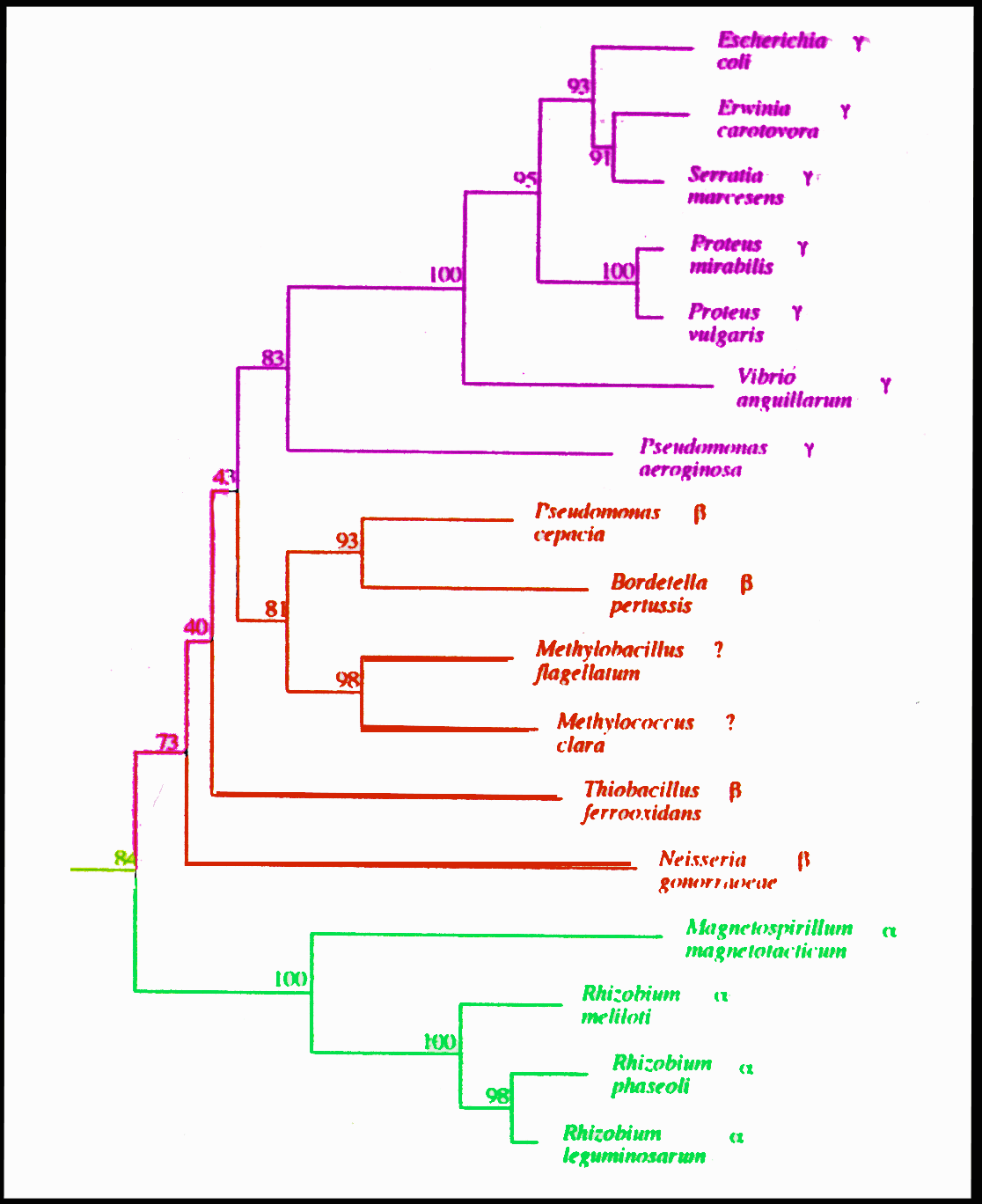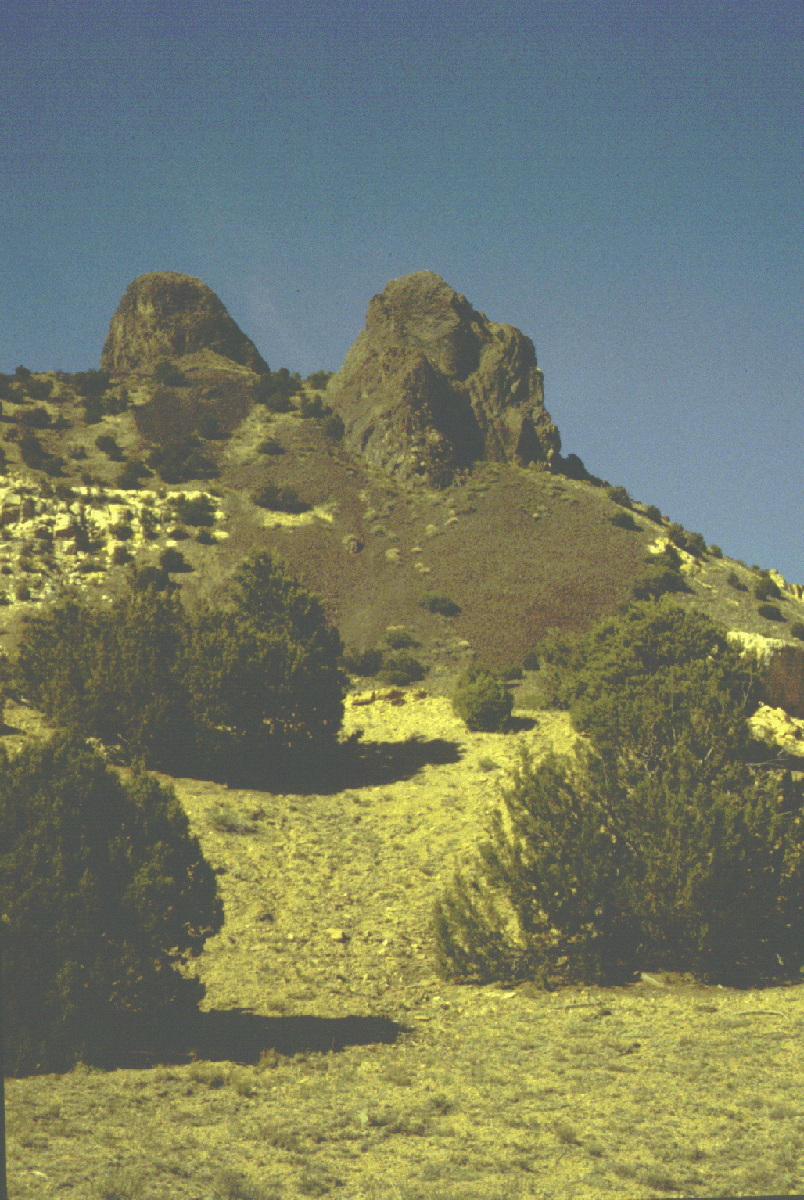Evolution of Deep Subsurface Microorganisms

Evolution of the
recA Gene in Deep Subsurface Bacteria: Recently, viable bacteria have been
isolated from extreme depths below the surface of the earth. If these bacteria
have been present in the rocks from they were isolated since the rocks
were formed, these bacteria have evolved independently of surface bacteria
for millions of years and may represent living fossils.
 We
are taking advantage of the conservation of the DNA sequence of the recA
gene to compare the evolution of this gene in these deep subsurface bacteria
with its evolution in surface bacteria. Currently we are working
with isolates from Cerra Negro just west of Albuquerque, New Mexico.
We
are taking advantage of the conservation of the DNA sequence of the recA
gene to compare the evolution of this gene in these deep subsurface bacteria
with its evolution in surface bacteria. Currently we are working
with isolates from Cerra Negro just west of Albuquerque, New Mexico.

References
van Waasbergen, L. G., D. L. Balkwill, and R.
V. Miller. 1998. Analysis of vertical phylogeographic
patterns in terrestrial deep-subsurface Arthrobacter populations,
p. 366. Abstracts of the Annual Meeting of the American Society
for Microbiology.
van Waasbergen, L. G. A. El-Masri, and R. V. Miller. 1996.
Deducing the phylogenetic relationships of deep-subsurface Arthrobacter
species through evolution of the recA gene, p. 404.
Abstracts of the Annual Meeting of the American Society for Microbiology.
van Waasbergen, Lorraine G., and Robert V. Miller. 1995.
Structure-function analysis of recA in Pseudomonas aeruginosa,
p. 560. Abstracts of the General Meeting of the American Society
for Microbiology.
Miller, Robert V. 1992. pp. 509-517. recA.
In S. Luria (ed.), Encyclopedia of Microbiology, Vol. 3. Academic
Press, San Diego, California.
Miller, Robert V., and Tyler A. Kokjohn. 1990. General Microbiology
of recA: Environmental and Evolutionary Significance. Annual
Reviews of Microbiology 44:365-394.
 We
are taking advantage of the conservation of the DNA sequence of the recA
gene to compare the evolution of this gene in these deep subsurface bacteria
with its evolution in surface bacteria. Currently we are working
with isolates from Cerra Negro just west of Albuquerque, New Mexico.
We
are taking advantage of the conservation of the DNA sequence of the recA
gene to compare the evolution of this gene in these deep subsurface bacteria
with its evolution in surface bacteria. Currently we are working
with isolates from Cerra Negro just west of Albuquerque, New Mexico.
